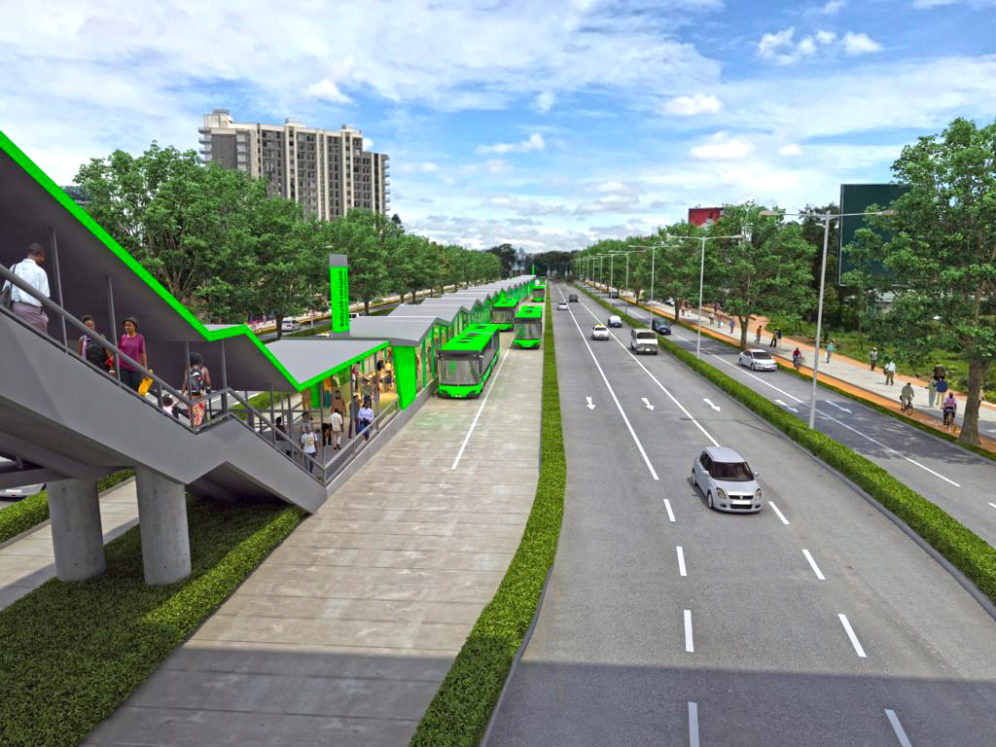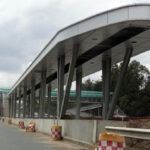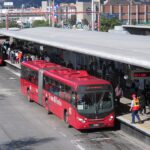Thika Road BRT Project Gets New Lifeline After Years of Stagnation
After years of delay, the Thika Road BRT project is finally moving forward, revived by a fresh policy shift and renewed urgency to fix Nairobi’s traffic nightmare.
Kenya Revives Sh5.6 Billion Plan to Ease Traffic on One of Nairobi’s Busiest Highways
The long-stalled Thika Road BRT project is finally gaining traction, marking a renewed push by the Kenyan government to fix Nairobi’s chronic traffic congestion woes. The Sh5.6 billion project, first announced in 2016, had seen minimal progress over the years, but a recent policy shift signals serious intent to get it back on track.
This development positions the Thika Road BRT project as a key part of Kenya’s broader plan to modernize public transport and reduce travel times across the capital. It also comes amid rising pressure on the government to make meaningful progress on Nairobi’s mobility challenges, especially in light of mounting losses caused by traffic gridlock.
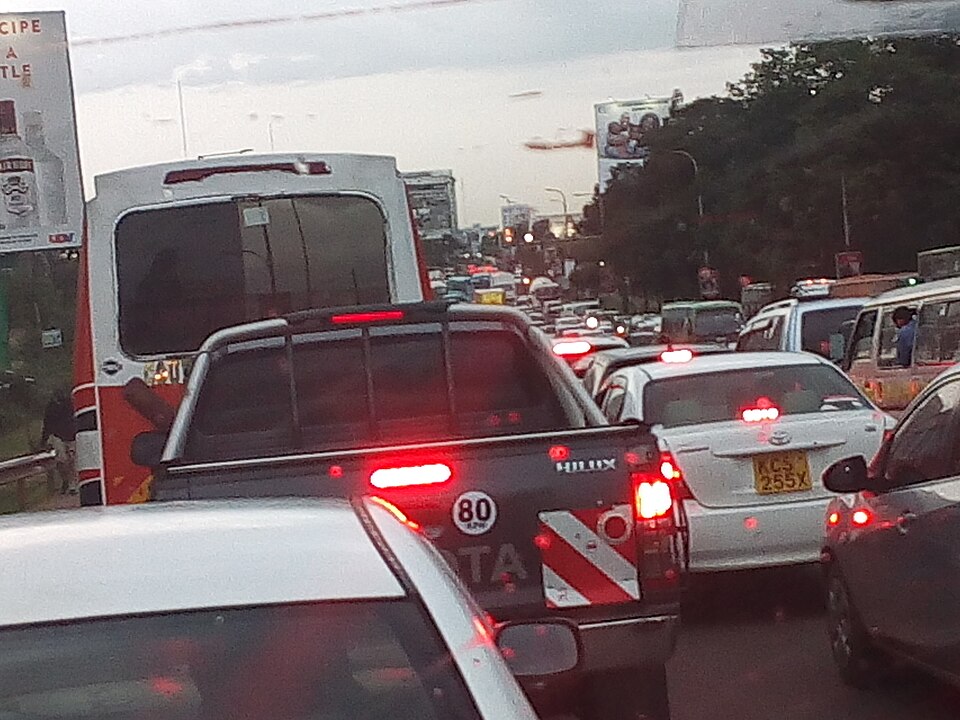
A Project Delayed by Funding and Bureaucracy
Thika Road, also known as Superhighway A2, is among Nairobi’s busiest corridors. It connects the Central Business District to densely populated suburbs such as Kasarani, Githurai, and Thika. The BRT project, envisioned as a dedicated corridor for high-capacity buses, was designed to ease congestion, reduce reliance on matatus, and improve commuting reliability.
Yet, despite a feasibility study and preliminary designs completed in 2017 with support from the World Bank, the project stalled. Analysts point to delays in land acquisition, lack of clear institutional leadership, and inconsistent funding as major bottlenecks. For years, the 27-kilometer stretch remained a high-potential, low-action zone.
Thanks to a renewed push by the Kenya Urban Roads Authority (KURA) and the Ministry of Roads and Transport, plans to revive and complete the BRT corridor are fast-tracked.
What’s New in the Thika Road BRT Revival?
The government is re-engaging local and international partners—including the African Development Bank (AfDB) and the French Development Agency (AFD)—to finance construction, operations, and system integration.
Key updates include:
- Dedicated BRT lanes are to be constructed down the center of Thika Road.
- High-capacity articulated buses to operate with scheduled stops and timed departures.
- Modern stations at key points like Roysambu, Safari Park, GSU HQ, and Thika Town.
- Transit-Oriented Development (TOD) plans to integrate feeder routes, pedestrian walkways, and cycling lanes.
The new strategy focuses on building transport hubs and ensuring interoperability with other BRT corridors, such as those planned for Outer Ring Road and Ngong Road. The revised designs also emphasize accessibility for persons with disabilities and integration of ticketing systems.
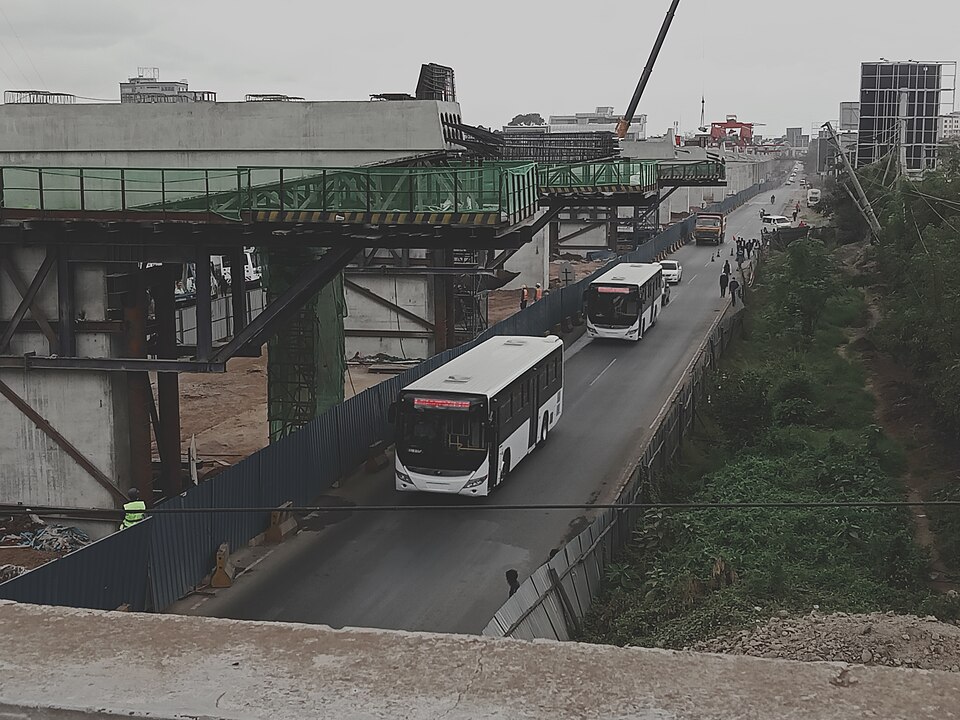
A Major Win for Commuters
When fully operational, the Thika Road BRT project is expected to serve up to 160,000 passengers daily, significantly reducing travel time and fuel consumption. Commuters usually travel up to 2 hours between Thika and the CBD during peak hours, which could be halved with efficient mass transit.
Moreover, according to projections from the UN Environment Programme (UNEP), a fully functional BRT system could lead to a 25% reduction in carbon emissions, as fewer vehicles would occupy the road during rush hour.
Addressing Skepticism from the Public
Despite the public’s welcome for the revival, the government’s past performance on similar projects has left some citizens skeptical. Past transport initiatives have often suffered delays, mismanagement, or half-completed infrastructure.
To combat these concerns, the Transport Ministry has promised complete transparency on timelines and funding and has committed to quarterly progress reports. The project is also now under the oversight of a newly established BRT Implementation Unit, designed to coordinate agencies and avoid duplication of effort.
Regional and Global Significance
The resurrection of the Thika Road BRT project is part of a continental trend toward more sustainable urban transport systems. Similar projects have been successfully implemented in cities like Addis Ababa, Dar es Salaam, and Lagos, with support from development institutions like the World Resources Institute (WRI) and UN-Habitat.
Nairobi’s plans draw heavily from Bogotá’s TransMilenio and Colombia’s larger BRT framework, prioritizing affordability, efficiency, and environmental sustainability. As Nairobi aims to position itself as a 21st-century African metropolis, aligning with global BRT standards is key to urban competitiveness.
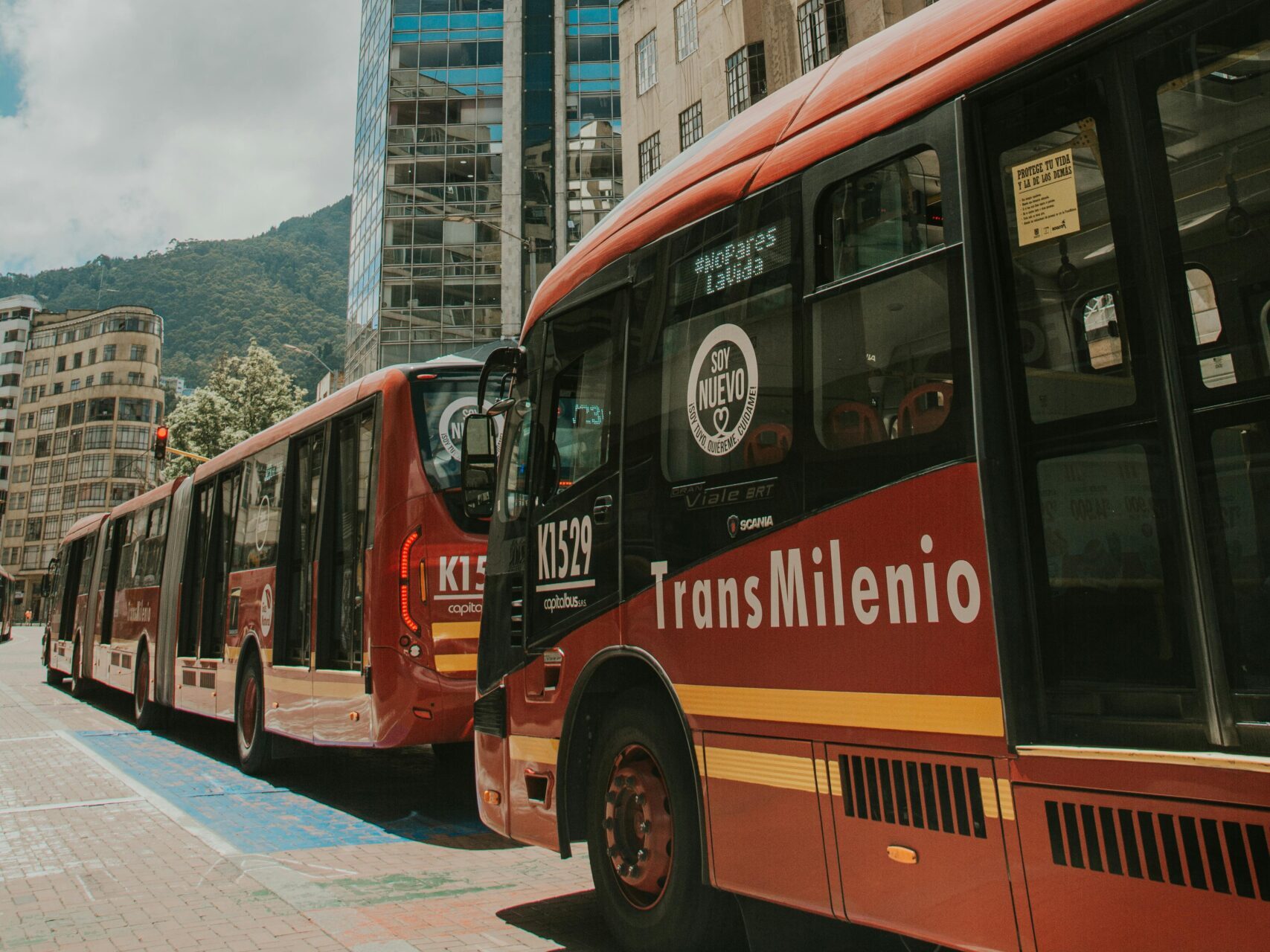
A High-Stakes Infrastructure Play
The stakes are significant, not only for Nairobi but also for Kenya’s reputation as a regional investment hub. Poor urban mobility has long discouraged foreign investment, raised business operational costs, and impacted the city’s livability index.
A successful rollout of the Thika Road BRT could lead to several benefits:
- Alleviate pressure on other corridors.
- Stimulate real estate development around new BRT stations.
- Encourage modal shifts from private cars to public transport.
- Improve urban air quality and safety.
It would also boost investor confidence in Kenya’s Vision 2030 and Big Four Agenda infrastructure and urban development pillars.
Reinforcing Public Transport for the Future
As Nairobi’s population grows, the need for an organized, reliable, eco-friendly transport system becomes even more urgent. The Thika Road BRT project is a crucial component of this system, and it now has a renewed opportunity to yield positive outcomes.
This project could transform the lives of the millions of daily commuters between Nairobi and Thika. But the real test lies in follow-through, transparency, and cross-sectoral cooperation.
Stay Informed on Africa’s Evolving Infrastructure
Track the progress of the Thika Road BRT and other major transport initiatives reshaping African cities at ConstructionFrontier.com. Our platform offers timely updates, expert perspectives, and exclusive industry analysis to keep you ahead.

